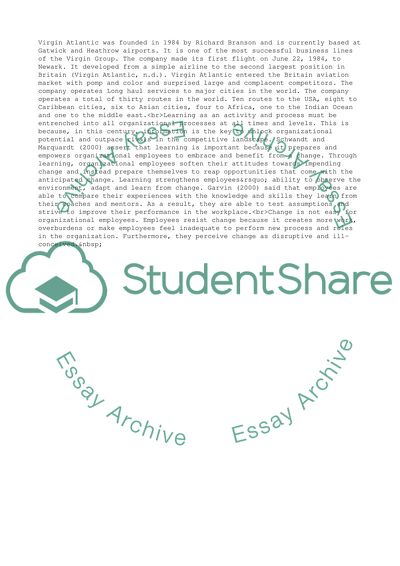Cite this document
(Learning & Changing: Virgin Atlantic Case Study, n.d.)
Learning & Changing: Virgin Atlantic Case Study. Retrieved from https://studentshare.org/business/1734959-learning-changing
Learning & Changing: Virgin Atlantic Case Study. Retrieved from https://studentshare.org/business/1734959-learning-changing
(Learning & Changing: Virgin Atlantic Case Study)
Learning & Changing: Virgin Atlantic Case Study. https://studentshare.org/business/1734959-learning-changing.
Learning & Changing: Virgin Atlantic Case Study. https://studentshare.org/business/1734959-learning-changing.
“Learning & Changing: Virgin Atlantic Case Study”, n.d. https://studentshare.org/business/1734959-learning-changing.


